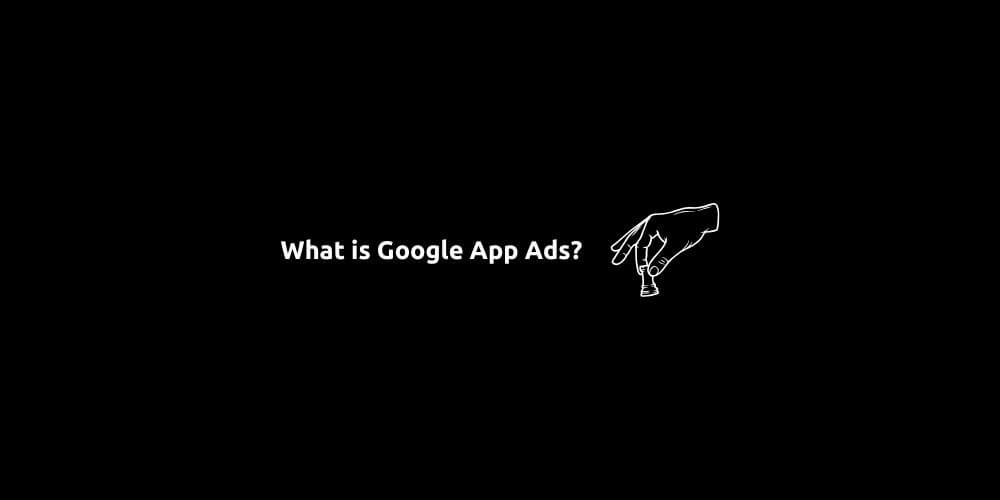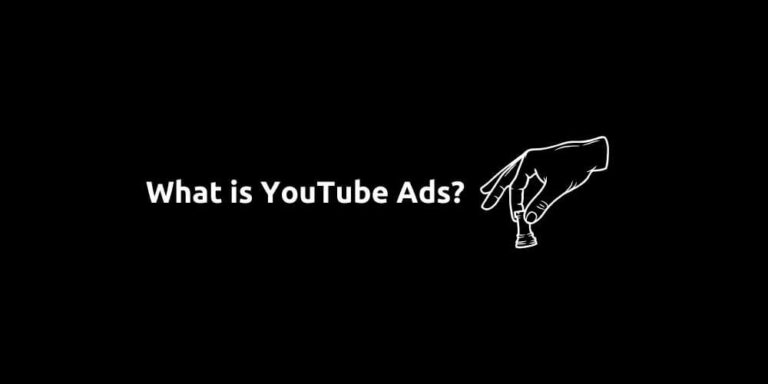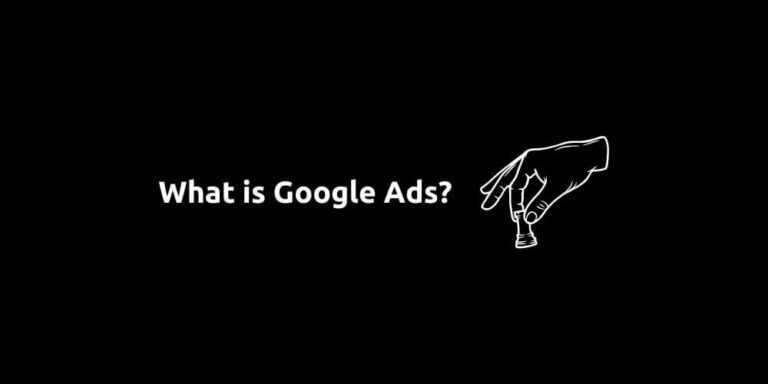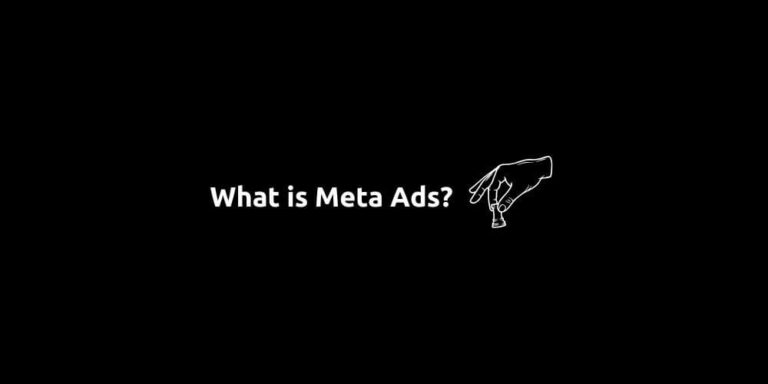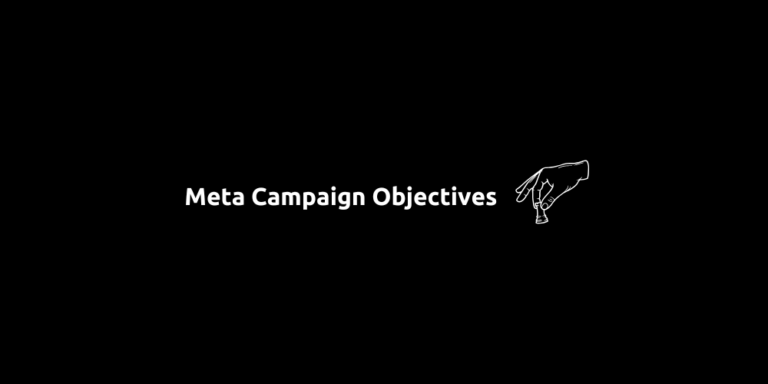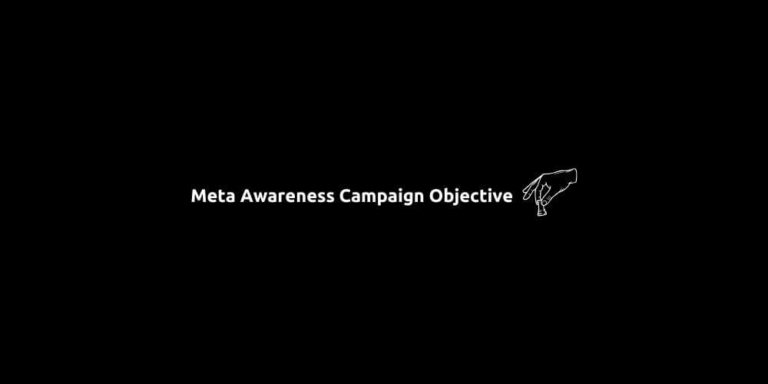What is Google App Ads?
In the digital marketing world, Google App Ads is a powerful advertising solution designed to help businesses promote their mobile applications across Google’s vast network. Unlike traditional Google Ads campaigns, which require manual ad creation, Google App Ads (formerly known as Universal App Campaigns) leverage machine learning to automatically generate and optimize ads for maximum performance.
Content:
- How Do Google App Ads Work?
- Benefits of Google App Ads
- Types of Google App Ad Campaigns
- Best Practices for Running Google App Ads
- Cons of Google App Ads
- How to Get Started With Google App Ads
How Do Google App Ads Work?
Google App Ads operate differently from standard Google Ads campaigns. Instead of designing individual ads, advertisers provide Google with basic elements such as ad text, images, and videos. Google then uses its machine learning algorithms to create and test multiple ad variations across its networks, including:
Google Search Network – Ads appear in Google search results when users search for relevant keywords.
Google Play Store – Ads are displayed on Google Play, helping users discover apps directly in the store.
YouTube – Video ads appear before, during, or after YouTube content.
Google Display Network – Ads appear on websites, mobile apps, and platforms that are part of Google’s ad network.
Google Discover and Gmail – Ads may be shown in Google’s content discovery feeds and email promotions.
By automatically adjusting ad combinations and targeting users based on behavioral data, Google App Ads ensure that the most effective ads reach the right audience.
Benefits of Google App Ads
Automated Optimization is the number one benefit of Google App Ads. Google’s AI continuously tests different combinations of ad creatives, bids, and placements to optimize performance.
Automated optimization leads to another benefit of Google App Ads: Performance-Based Targeting. This type of campaign focuses on specific goals such as app installs, in-app actions, or return on ad spend (ROAS), helping advertisers maximize their results.
Last but not least: Easy Setup. Advertisers only need to provide assets, set a budget, and define a goal, this makes campaign management simpler.
Types of Google App Ad Campaigns
Google App Ads support different campaign goals, depending on the advertiser’s objectives:
App Install Campaigns focuses on driving new downloads and attracting new users.
App Engagement Campaigns are Designed to re-engage existing users and encourage in-app actions (such as purchases or sign-ups).
App Pre-Registration Campaigns are available for Android apps, allowing users to pre-register before the official launch.
Best Practices for Running Google App Ads
To maximize the success of Google App Ads, consider the following strategies:
- Provide High-Quality Creative Assets: Use engaging images, videos, and ad copy that appeal to your target audience.
- Define Clear Goals: Set specific objectives, such as increasing installs or driving in-app purchases.
- Optimize App Store Listings: Ensure that your app store page has compelling descriptions, relevant keywords, and positive reviews.
- Test and Analyze Performance: Regularly review campaign data and make necessary adjustments to improve results.
- Leverage Audience Targeting: Utilize Google’s targeting features to reach high-intent users who are likely to engage with your app.
Challenges of Google App Ads
While Google App Ads offer many advantages, they also come with certain drawbacks:
- Limited Control Over Ad Placements: Google’s automated system decides where ads appear, which can sometimes lead to placements in less relevant or lower-quality locations.
- Creative Restrictions: Advertisers cannot fully customize ad formats, as Google automatically generates combinations based on the assets provided.
- High Competition and Costs: Due to automation and bidding, advertisers may face high costs, especially in competitive app categories.
- Limited Keyword Targeting: Unlike traditional search campaigns, advertisers cannot manually select keywords, making it harder to target specific user intents.
How to Get Started With Google App Ads?
Google App Ads is an essential tool for mobile app marketers looking to scale their user base efficiently. By harnessing the power of machine learning and automation, this ad format simplifies the process of app promotion while maximizing return on investment.
However, success requires a strategic approach, continuous learning, and regular optimization. With the right planning and execution, Google App Ads can be a game-changer in your digital marketing strategy. And this is what we do at SS&T Digital. 👇
